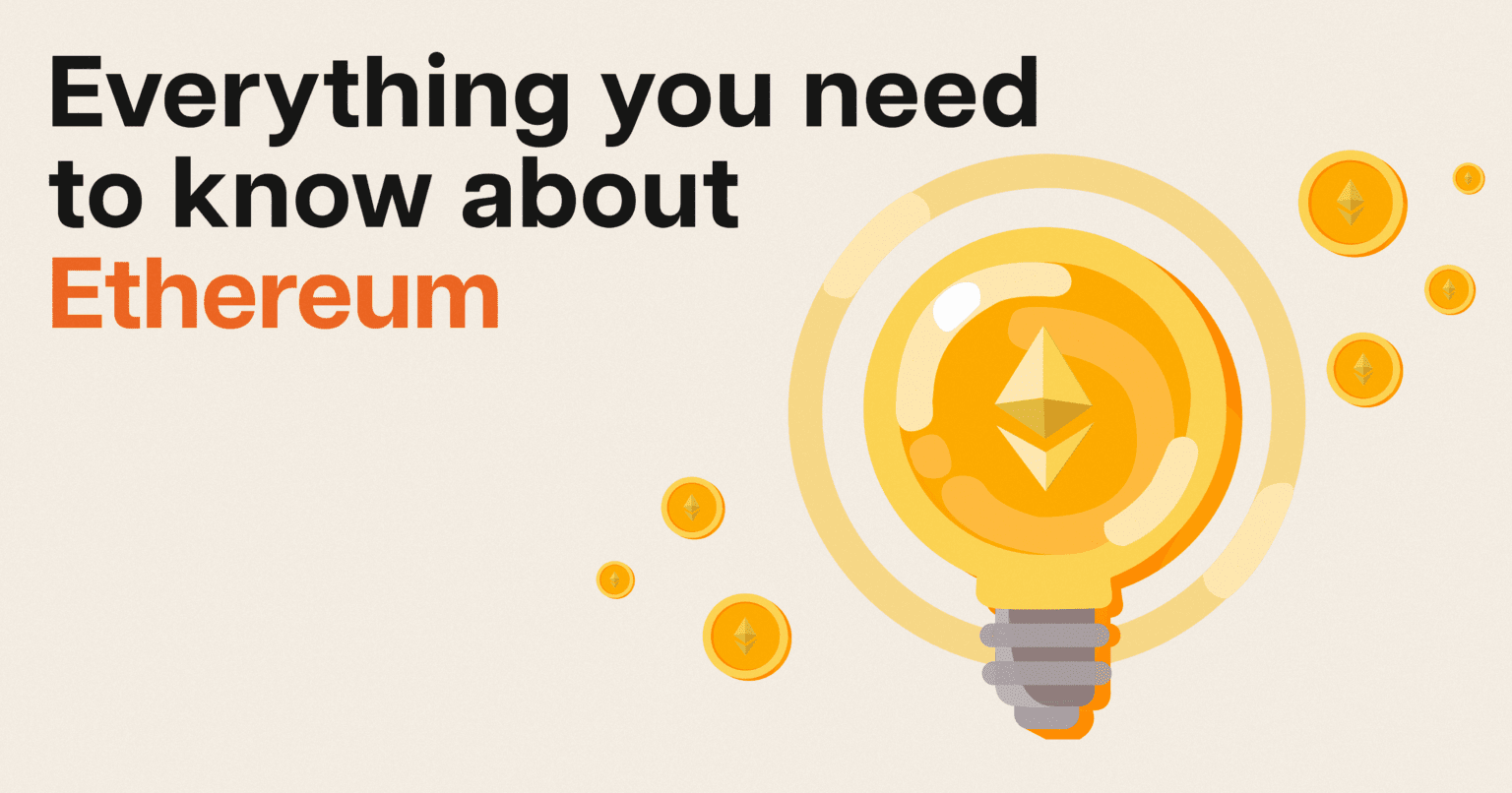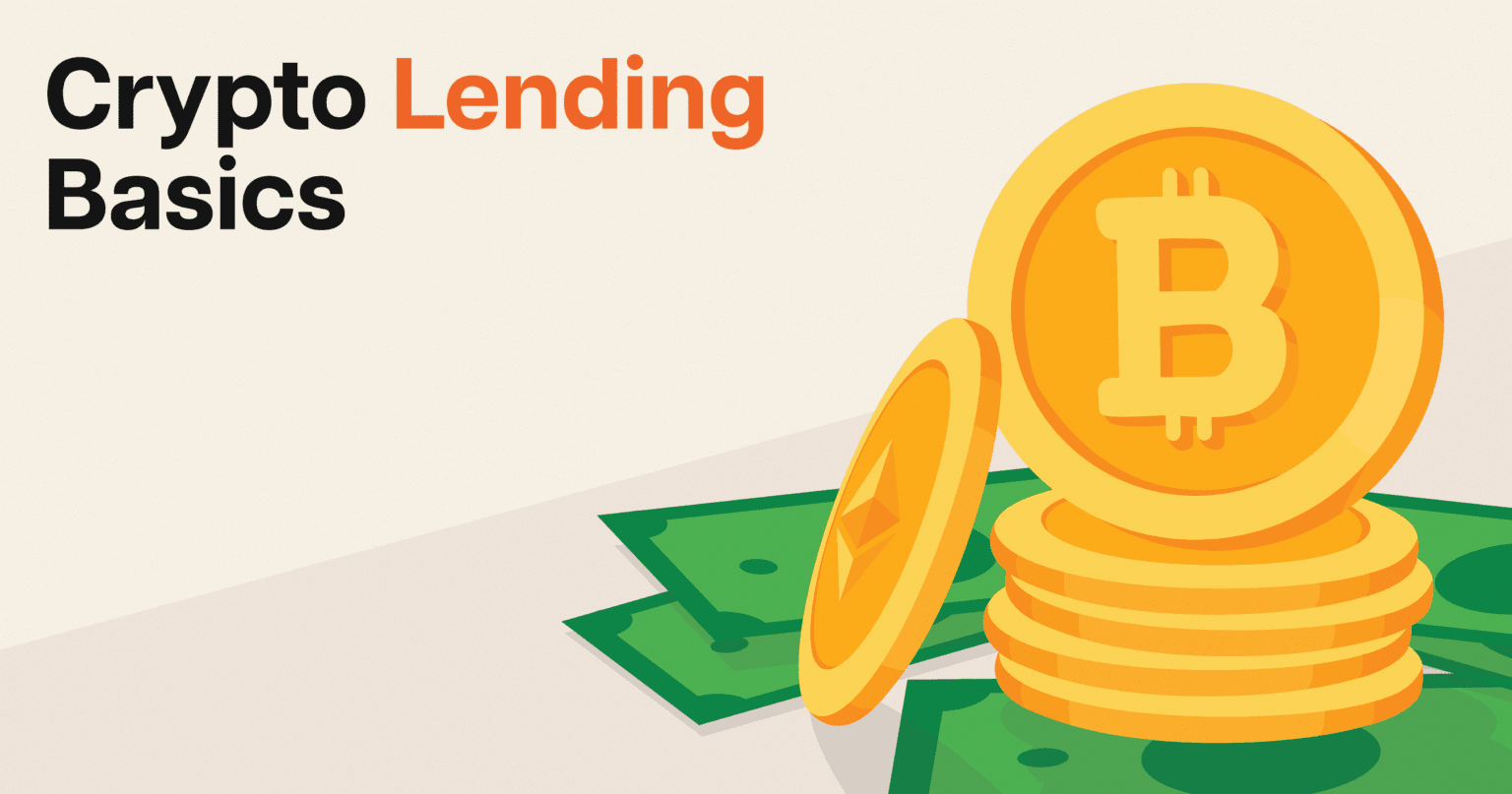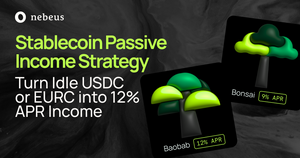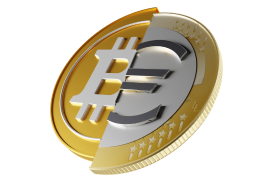Ethereum is a major player in the world of cryptocurrencies, but how did it get here and who founded it? If you’re just getting started with digital currencies, you may be curious about the origins of Ethereum and how it may be useful to you.
This guide to Ethereum for beginners will answer two important questions: what is Ethereum meaning and what is ETH currency?
What is Ethereum?
Ethereum is a software platform that is decentralized, open-source and blockchain-based. The platform, which was launched in 2015, is designed for its own cryptocurrency, called ether. Ether is used to allow different actions to be performed on the platform.
The platform allows users to build and run Distributed Applications, called DApps, and SmartContracts quickly, easily and without third-party interference.
Ethereum is more than just an open-source platform. It’s also a programming language that runs on blockchain and allows developers to both build and publish DApps.
One of the most well-known projects associated with Ethereum is the Microsoft partnership with ConsenSys. The project allows Microsoft Azure to offer Ethereum Blockchain as a Service, so clients have a centralized, cloud-based blockchain developer environment.
Ethereum split into two separate blockchains (Ethereum and Ethereum Classic) in 2016 after $50 million in funds was stolen. These funds had been raised by smart contracts created on the platform.
In 2019, Ethereum became the second largest cryptocurrency, second only to Bitcoin.
Why Was Ethereum Founded?
Ethereum was founded as a way to provide more uses for blockchain than just peer-to-peer currency. The goal was to create a blockchain with its own programming language, allowing developers to create a wide range of blockchain-based applications.
Who Created Ethereum?
Ethereum was co-founded by Vitalik Buterin. Buterin became interested in cryptocurrencies in 2011 and is a co-founder of Bitcoin Magazine. In this publication, he shared his views on the future of digital currency.
After working on Mastercoin and other alternate coins, Buterin came to believe that Bitcoin blockchain had a very limited scope.
In 2013, Buterin released the Ethereum white paper, which brought forth the idea of an opensource protocol for the development of decentralized applications.
Ethereum was officially launched in 2014 on the Bitcointalk forum. Other co-founders include Anthony Di Iorio, Mihai Alisie and Charles Hoskinson. Buterin also stated that he was working with Joseph Lubin and Dr. Gavin Wood. Wood released the Ethereum yellow paper, which detailed the Ethereum Virtual Machine (EVM) that executes the smart contracts on the network. Lubin went on to found ConsenSys.
How Does Ethereum Work?
A simple way to explain Ethereum for beginners is that the platform runs apps which are powered by ether, Ethereum’s cryptographic token.
Ether is primarily sought by developers who want to develop and publish apps on the Ethereum platform. Ether can be traded like other cryptocurrencies, but it’s also used to run apps and monetize work.
With Ethereum, ether tokens are stored in a wallet and can be moved around to other accounts.
Ethereum’s programming language allows developers to create new blockchain-related applications, such as SmartContracts.
The Ethereum blockchain is a shared and complete record of the transaction history, and nodes store the most recent version of the SmartContract as well as other ether transactions. The network holds and tracks the most up-to-date information of all applications on the platform, including:
- All SmartContract coding
- The user’s balance
- Where everything is stored
Each time an application is used on the platform, a vast network of thousands of computers processes it. SmartContracts are compiled into what’s called “bytecode.” The Ethereum virtual machine, or EVM, can read and execute bytecode. All nodes use their EVMs to execute contracts, and these contracts are executed based on the rules programmed by the developer.
Because every node holds both a copy of the transaction history and the current state of the contract, all nodes must agree that a change took place whenever a user performs an action. This structure ensures that miners and nodes (not banks or other authorities) are responsible for transferring the shift from one state to another.
While a low-level programming language is used for the computation on EVMs, developers can use high-level programming languages, like Serpent or Solidarity, when writing smart contracts.
What can Ethereum be Used for?
The primary use of Ethereum is for the development and use of decentralized applications. The platform can also be used to decentralize any centralized service. Ethereum allows developers to create applications without the limitations or constraints found with centralized platforms.
Ethereum can also be used for the creation of smart contracts, which ensures safe and quick contract execution without interference from an intermediary.
What are the Differences Between Ethereum and Bitcoin?
The primary difference between Ethereum and Bitcoin is that Ethereum is a software platform, while Bitcoin is a digital currency. Ethereum has its own cryptocurrency – ether – but it’s more than just peer-to-peer currency. It’s a technology being leveraged by companies and developers to build new programs.
Both operate on blockchain, but Ethereum is more robust. Bitcoin was the first true cryptocurrency, and Ethereum is a more recent development.
Bitcoin was created to be an alternative to fiat currency, whereas Ethereum was created to provide more uses for blockchain, such as the creation of SmartContracts and DApps.
Apps and contracts on Ethereum are powered by ether. Ether is quicker and easier to acquire compared to Bitcoin, and there are more ether units circulating than bitcoin.
Ethereum and Bitcoin are similar in nature, but the Ethereum blockchain uses nodes to govern transactions.
One other way that Ethereum differs from Bitcoin is that other cryptocurrencies can be created using the very same protocols as ether. These digital currencies can be public or private, and they are distributed on different blockchains.
What is Ethereum: Conclusion
Ethereum is a software platform with its own programming language and digital currency called ether. The platform is designed for the creation and execution of decentralized applications and SmartContracts. While Ethereum and ether were created to complement Bitcoin, it now rivals the digital currency and is the second biggest cryptocurrency in the world.
Sign up for a Nebeus account to buy, hold, and insure your ethereum investment.










